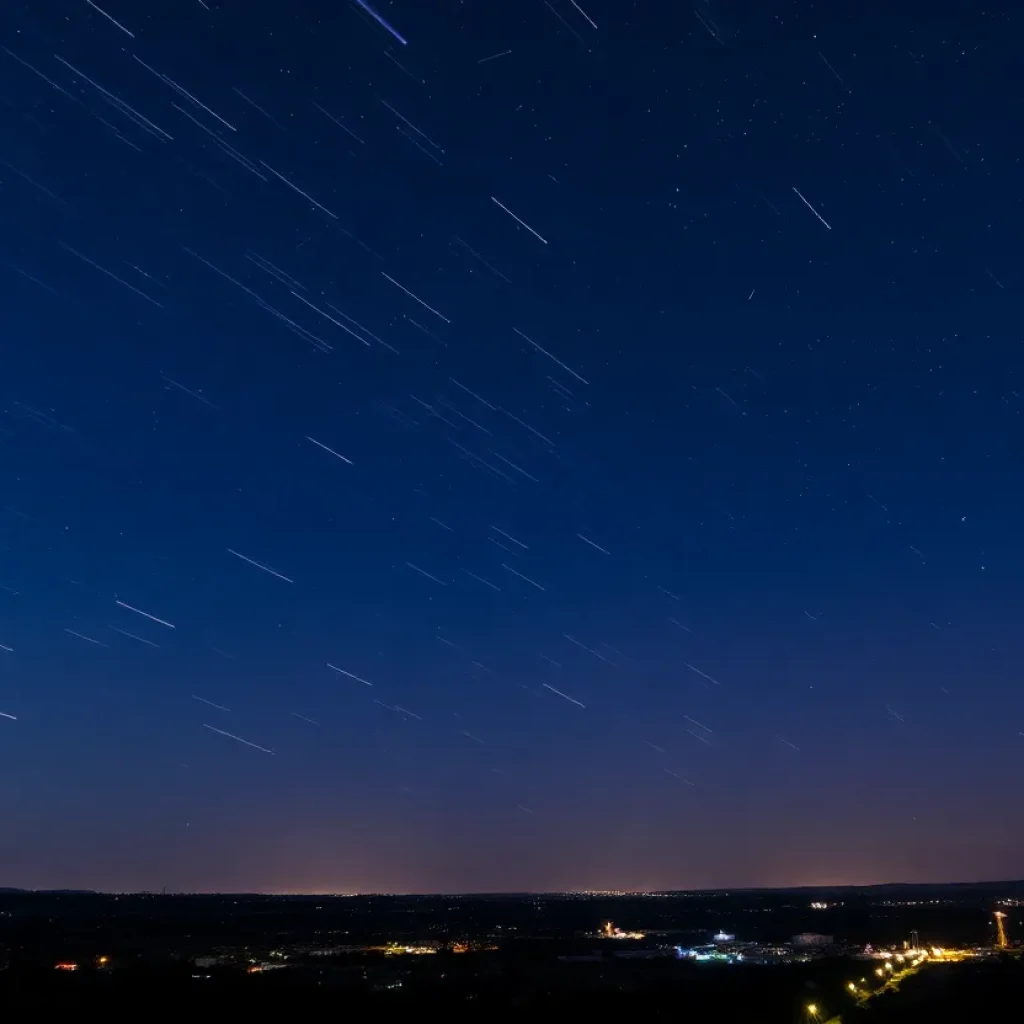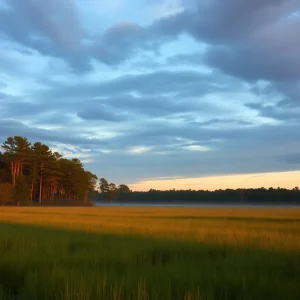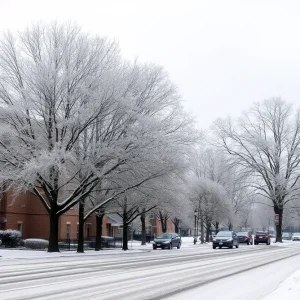Charleston Prepares for Spectacular Meteor Showers
Charleston is gearing up for a remarkable display of celestial wonders as multiple meteor showers are set to grace the night sky in the coming weeks. Residents can expect to witness stunning fireballs and colorful meteorites during this season of shooting stars, especially as November and December overlap with the Taurids, Leonids, and Geminids meteor showers.
What to Expect
The upcoming meteor showers promise to offer a dazzling show. The South Taurid meteor shower, which is currently underway, will remain active until November 20, while the North Taurid meteor shower will continue through December 10. This year, conditions are ripe for excellent viewing, as the Leonid meteor shower will also be overlapping, running until December 2. Astronomers predict that the Leonids may peak around November 17-18, where observers could see up to 15 meteors an hour, depending on local weather conditions.
When and Where to Watch
Ideal viewing spots include rural areas far from city lights where the sky is unobstructed by buildings and trees. This is crucial, as moonlight can significantly diminish visibility. Clear nights are best for meteor watching, especially when there is either a new moon or a crescent moon, as both will minimize light interference.
The Lowcountry Stargazers club is organizing meteor viewing nights at local parks. Upcoming meetings are scheduled for November 13 from 6 to 9 p.m. at Brittlebank Park and on November 14 at 5 p.m. at the Johns Island Public Library. These gatherings provide a great opportunity for amateur astronomers and enthusiasts to come together and share an appreciation for the night sky while spotting meteors.
Why the Colorful Display?
One of the highlights of the meteor showers is the variety of colors produced by meteors as they enter the Earth’s atmosphere. These hues can range from vivid yellow, red, pale blue, violet, to orange, depending on their mineral composition. The Geminids meteor shower, in particular, known for its color variations, will be active from December 4 to 24, with a peak expected around December 13-14.
Understanding Meteor Showers
Meteor showers occur when Earth passes through trails of dust and debris left by comets. When these particles enter our atmosphere at incredible speeds, they produce bright streaks of light often referred to as meteors. Some of these meteors, particularly larger ones, can turn into fireballs, which are exceptionally bright meteors that can be seen from great distances.
Interestingly, fragments from these fireballs sometimes survive the descent to the ground, sparking interest among scientists and meteorite collectors alike. Examples of such occurrences exist, with documented incidents where meteorite fragments struck homes, including a notable case in Pawleys Island, where speckled rocks were confirmed as meteorites.
Tips for Meteor Viewing
For those planning to observe the meteor showers, experts recommend bringing a friend, some warm beverages, and a comfortable chair to lean back and watch the sky. Telescopes and binoculars are generally not useful for meteor watching, as the fleeting nature of the meteors makes it challenging to track their motions. Instead, a relaxing and patient approach will enhance the experience as meteors can dart across the sky in the blink of an eye.
With the promise of stunning celestial events and colorful displays, South Carolinians are encouraged to grab a cozy spot outside and enjoy the natural beauty above. As the late fall season unfolds, don’t miss the chance to witness this incredible phenomenon.

























